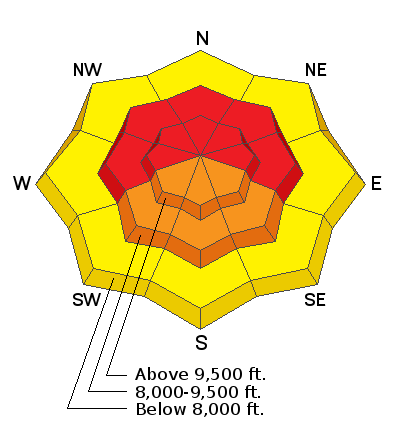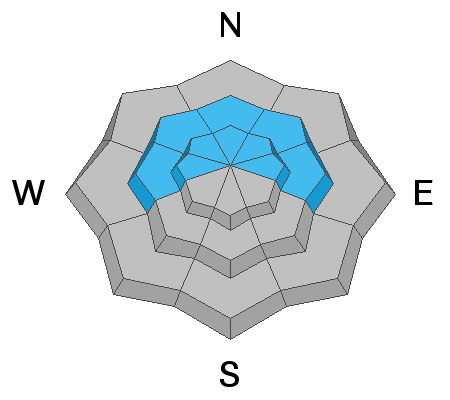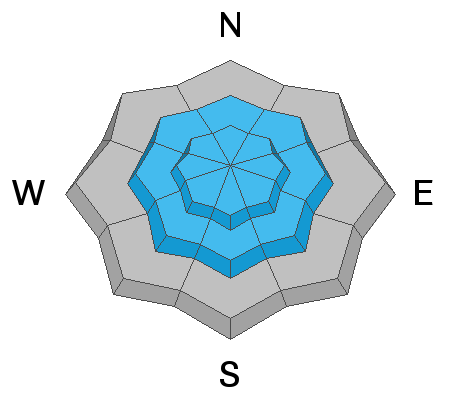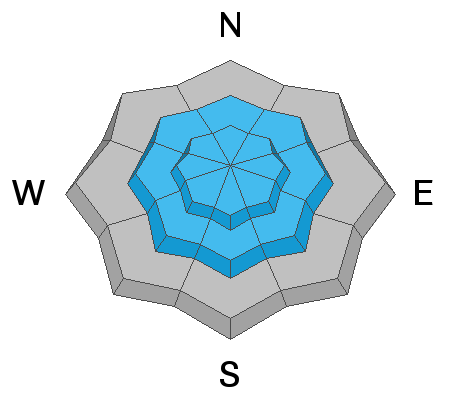Avalanche conditions are very dangerous across most of the State of Utah as discussed by our staff in this video.
Help us help you: Take this
quick quiz after you read the forecast. This will test what you've learned from today's forecast. You'll get feedback on what you learned and we'll find out how well we are conveying our message. You'll automatically be entered in a drawing for gear at the end of the season.
A cold front is rapidly approaching the Wasatch this morning and we'll see another good shot of snow with this system. Many areas will see 8-14" of new snow by the time it rolls east ahead of another, much colder storm for Monday.
It's currently snowing with 1-3" on the snow stakes already. Temperatures are in the upper teens and low 20s.
As my colleague Eric Trenbeath likes to say, though, The Story is the Wind.
South to southwesterly winds increased overnight with hourly averages of 30-40mph. Gusts have reached 65mph.
For today, look for heavy snowfall rates around 8-10am with 2"/hour expected. Winds will shift to the west with frontal passage but remain moderate/borderline strong. Temperatures will be in the low 20s.
We have another storm on tap for Monday that'll produce another round of snow. Temperatures crash to the low single digits with this storm. Another foot or more of snow is possible by Monday night.
Ski area avalanche teams found scattered and generally stubborn wind slabs yesterday. Piecemeal pockets of avalanches into the older snow layering continue to be triggered with explosives. Along the PC ridgeline, a snowcat operating at a ski area remotely triggered a sizeable avalanche into the October snow on a north facing slope at 9700'. Large collapses continue to be reported along the PC ridgeline.
In the backcountry, two new natural (possible) wind slabs released along the Cardiac Ridge at 10,400' and 10,600' NE facing while a natural cornice fall triggered a wind slab in Jaws of upper Days fork of BCC.
You can get caught up by reading our
Week in Review where we summarize significant snow and weather events from this past week.









